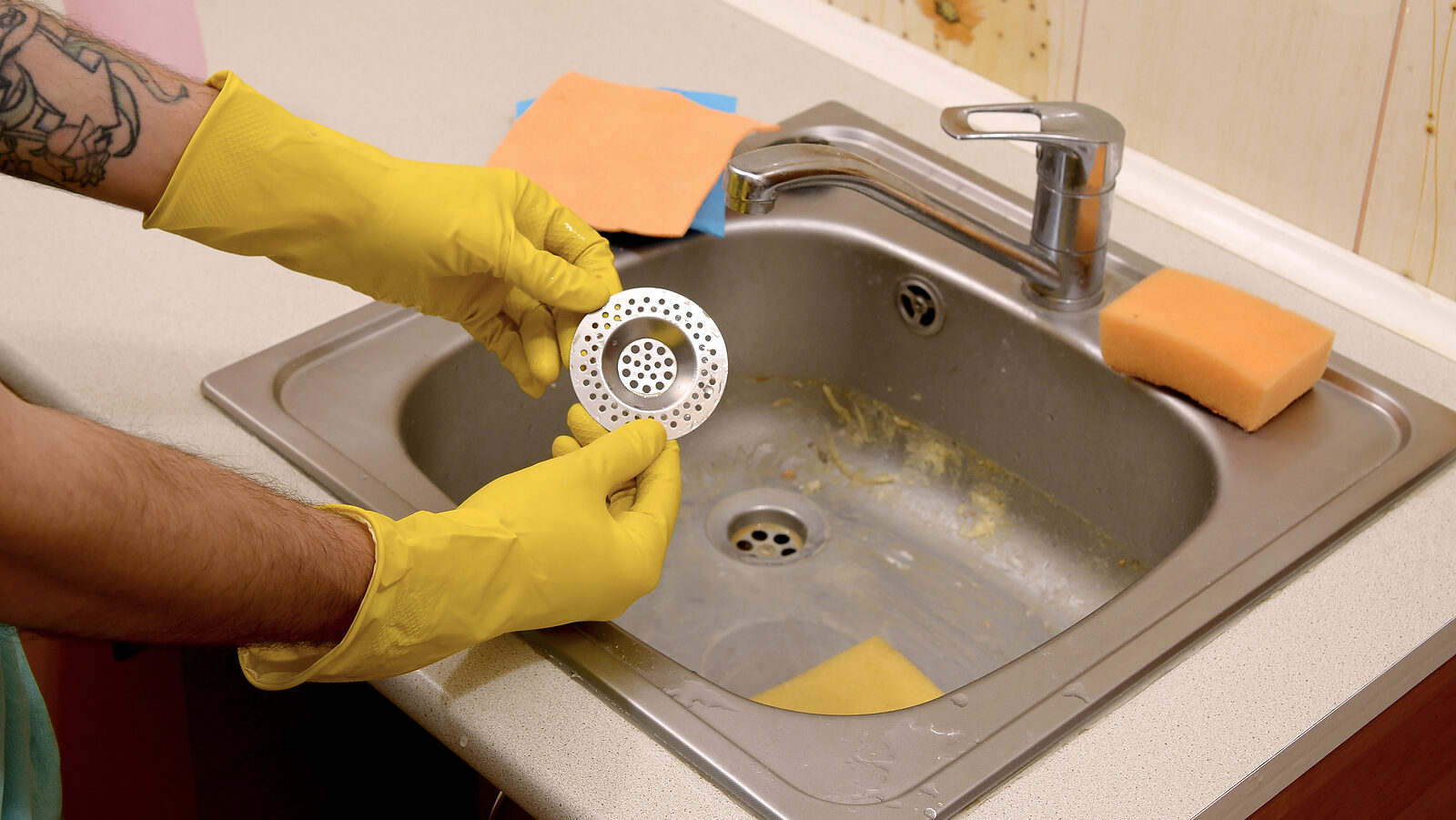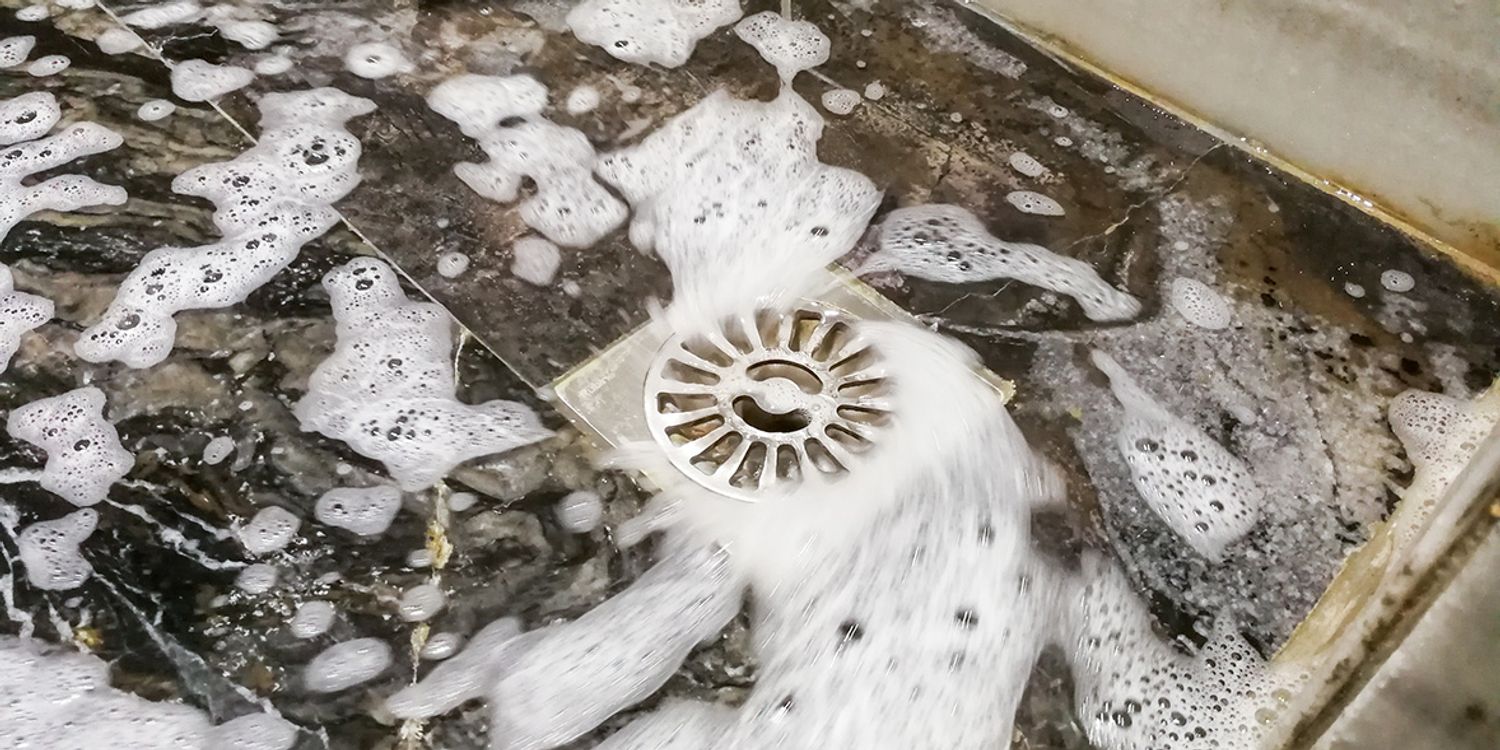Ways to Deal with a Blocked Drain Before Calling Plumbing Experts
Ways to Deal with a Blocked Drain Before Calling Plumbing Experts
Blog Article
What're your ideas about Some easy tips to fix blocked drains?

Introduction
Taking care of a blocked drain can be an irritating experience, disrupting everyday tasks and possibly creating damage to your property. However, before reaching out to plumbing experts, there are steps you can require to resolve the problem yourself. In this guide, we'll explore do it yourself services and preventive measures to tackle an obstructed drainpipe efficiently.
Identifying the Issue
The primary step in dealing with an obstructed drainpipe is identifying the indicators. Slow-moving drain, gurgling audios, foul odors originating from drains pipes, or water backing up prevail indications of a blocked drain. Recognizing these indications early can help avoid further difficulties.
Typical Root Causes Of Obstructed Drains
Understanding the aspects that add to drain pipes clogs is vital for reliable resolution. Common offenders consist of hair, soap scum, oil, food debris, and international objects like hygienic items or paper towels. Tree roots getting into below ground pipelines can likewise create significant clogs.
DIY Solutions
For small blockages, several do it yourself remedies can be effective. Pouring boiling thin down the drainpipe can aid dissolve oil and debris. Sodium bicarbonate and vinegar or a combination of salt and cooking soft drink can serve as all-natural cleansers. Utilizing a bettor or plumbing serpent to dislodge blockages is another option.
Tools and Equipment
Having the right devices accessible can make DIY drainpipe cleansing a lot more efficient. A plunger is a versatile tool for getting rid of clogs in sinks, bathrooms, and showers. A plumbing serpent or auger can reach deeper clogs, while drainpipe cleansing chemicals can be used meticulously for stubborn obstructions.
Safety nets
To stay clear of future blockages, embracing safety nets is important. Install drain guards or filters to capture hair and debris prior to they enter the pipes. Regularly flush drains with warm water to liquify oil build-up, and stay clear of throwing away oil or solid waste down the tubes.
When to Call a Specialist
While do it yourself solutions can solve minor clogs, specific signs suggest the requirement for specialist help. Persistent clogs, foul odors despite cleaning up efforts, or multiple drains supporting all at once are warnings that require skilled treatment.
Picking the Right Plumbing Solution
When selecting a plumbing service, think about variables such as experience, licensing, and client testimonials. Select a trustworthy plumber with a performance history of top quality craftsmanship and transparent rates practices.
Price Factors to consider
The expense of expert drainpipe cleaning company can differ depending upon the severity of the obstruction and the plumbing technician's rates. Request quotes from several carriers and ask about any type of surcharges to ensure openness and avoid shocks.
Safety and security Precautions
When trying do it yourself drain cleaning, prioritize safety. Wear protective gloves and eyeglasses to stay clear of contact with hazardous chemicals or bacteria. Never mix different drain cleaning products, as this can produce dangerous fumes.
Case Studies
Real-life instances illustrate the efficiency of DIY options and the value of prompt specialist treatment in settling drainpipe blockages.
Final thought
By following the ideas outlined in this overview, you can effectively take on blocked drains pipes and protect against future pipes concerns. Whether selecting do it yourself solutions or seeking expert help, punctual activity is key to maintaining a healthy and balanced pipes system and maintaining the integrity of your home.
How to Clear a Clogged Drain Yourself (And When to Call In the Professionals)
What Can Clog a Drain
Dirt Skin flakes Hair Grease Soap scum Food Offset pipes Tree roots Small objects Mineral buildup DIY Tricks to Unclog a Drain
You can fix this! Once you have identified the source of the clog (or have a vague idea), you can try one or a combination of these fixes in order to clear your plumbing.
Wire Hanger or Snake
Untangle and clear out hair from a drainpipe with a homemade snake. Use a straightened-out wire hanger with a 90-degree angle hook to locate the clog and drag out any unwanted material.
Remember not to push the clog further down to where the wire hanger cannot reach! If you need to follow up with a plunger, give it a try. Your efforts might be more successful after it’s been wire-snaked.
If you want to get fancy and don’t have a wire hanger to spare, head to the store and pick up a hand-operated drain snake. You can get one for $10-$30. It may save you the hassle, and provide additional length to reach deep into the clogged pipe.
Plunger
A cup plunger has a suction cup attached to a wooden handle. The rubber creates a seal around the drain, and increases the pressure force of the plunger.
Plunge for 30-second increments to loosen the clog. This may need to be repeated over the course of 15-20 minutes. Once plunged, run the water to flush the remaining material out of the drain.
Remember– never use a plunger if you have used a chemical drain cleaner. These chemicals can splash up from the force of the plunger and cause serious injury or burns.
Boiling Water
Hot water can sometimes break up materials into a flushable amount. Dirt, grease, and soap buildup requires heat in order to unstick from surfaces.
Take your kitchen kettle and heat your water to a boil. Once it reaches a rolling boil, pour it directly down the drain into the blockage. Carefully follow with plunging, if necessary.
Don’t worry if this takes more than one try! It can often take multiple kettles and repeated plunging in order to clear a particularly stubborn clog.
Chemical Drain Cleaner
As a last resort, pick up a bottle of chemical drain cleaner. Drain-cleaning chemicals are potent, and not very good for the environment.
You may need to wear protective eyewear in gloves before handling your bottle of chemical drain cleaner. Follow the instructions printed on the bottle, and flush with water as soon as the instructions allow. Do not follow with plunging.
Baking Soda and Vinegar
As a safer alternative to chemical drain cleaner, baking soda and vinegar can create a chemical reaction that clears tough clogs.
Combine one cup of cleaning vinegar with one cup of boiling water, and set aside. Once you have done this, pour half a cup of baking soda down the drain. Give the baking thirty seconds to settle and cover a large portion of the problem drain.
Following the baking soda, pour down your vinegar and hot water solution. Once the vinegar and baking soda combine, the mixture will bubble and fix. Let this reaction fizzle in the drain for about an hour.
After an hour, follow with a kettle’s worth of hot water. The heat and liquid should flush out any remaining material.
When to Call a Plumber
If your DIY attempts haven’t cleared your clog drain, it’s time to call in a professional. It’s not worth losing access to your kitchen sink or high-traffic bathroom. A clog in a vital area can keep you from the things you’d rather be doing, and derail your routine.
Anytime a clog is causing water to spread is a time to call in a plumbing service. What starts out as a little bit of water can quickly grow into serious, expensive water damage.
Additionally, a serious clog can result in burst pipes or serious leaks. Make sure you know when to take it seriously!
https://myguysnow.com/how-to-clear-a-clogged-drain-yourself-and-when-to-call-in-the-professionals/

As a keen person who reads about , I figured sharing that piece was a good thing. Enjoyed our posting? Please quickly share it. Help another person discover it. Bless you for your time. Come back soon.
Call Report this page